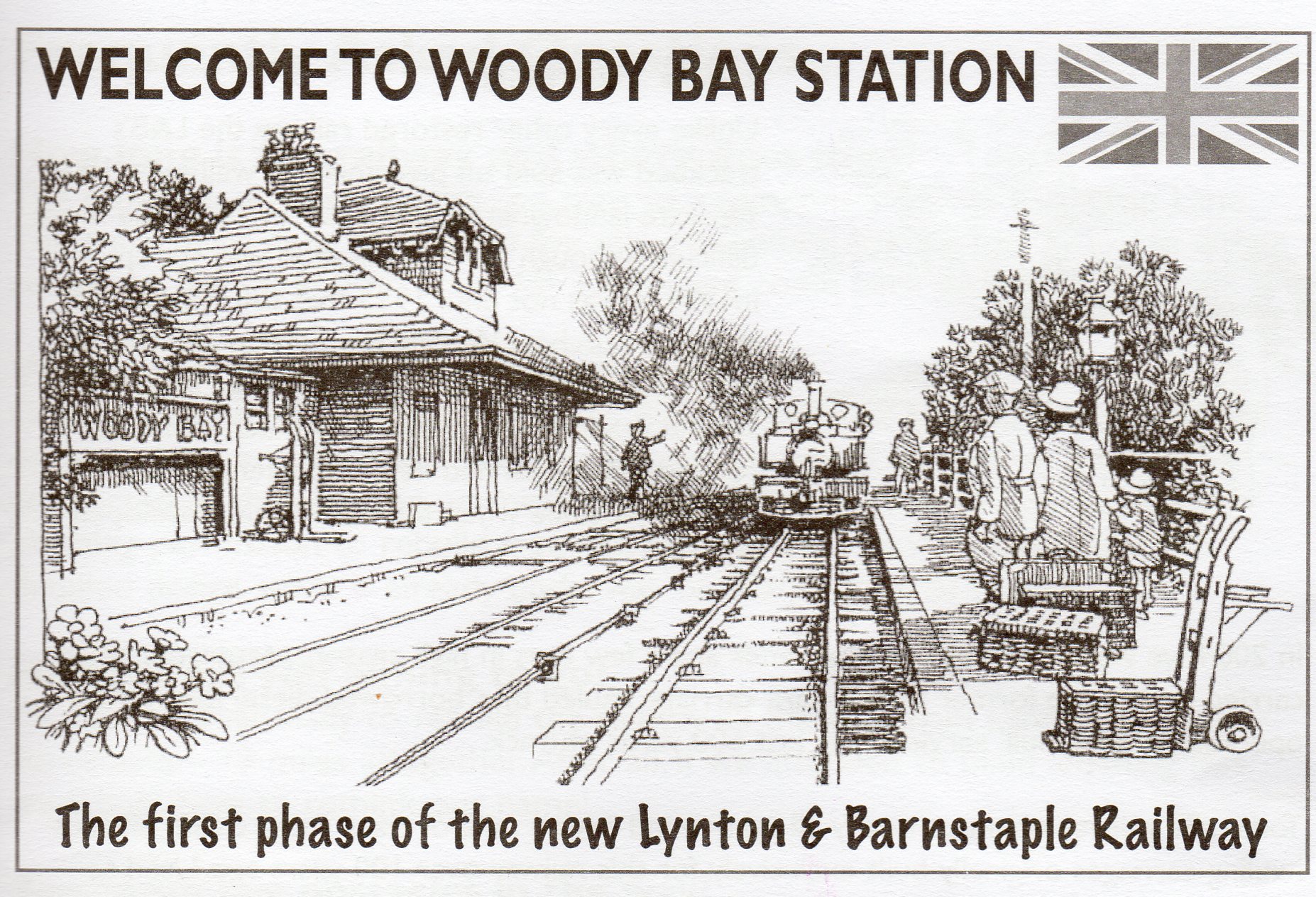Back
Lynton & Lynmouth
I can't recall whether we had ever been to these two locations before, so much so that this does in fact go down on our records as a first. The location of Lynmouth is registered in my memory due to the disaster which struck back in August of 1952. I obviously don't recall it from the time of the disaster, as I would have only been 6 years old, but know off it through it being one of the countries tragic events. We arrived and parked in Lynton and then made our way to the cliff railway, which would take us down to the harbour location of Lynmouth. The cliff railway is the highest and the steepest fully water powered railway in the world and as you enter the carraige at the top of the descent you get a wonderful view of the harbour below, well we would have had, had there not been a sea fret during the time of our visit. The railway was built in 1888, rising 500foot on 862feet of steep track with a gradient of 57%. The two cars, connected by hauling cables, operate on a single balancing principle. Water from the West Lynn river fills the 700 gallon tank of the top "docked" passenger car. Water from the lower car is then discharged until the heavier top car descends and pulls the lower car up the incline. Speed is controlled by each driver using the Deadmans Handle, a braking system engineered and patented for this railway in 1888, and the 19th century forerunner of modern train braking systems. The sea fret didn't help as it shrouded the beauty of this little cove and the surrounding hillsides, nevertheless we enjoyed our amble around the harbour and shops and our visit to the Memorial Museum. The museum had a rich mixture of artifacts relating to the 1952 disaster, including newsreel film from the time, showing the devistation caused by the excessive water coming off the hillside. A reminder to locals and visitors of the destructive power of water which, sadly occurred again in 2004 at Boscastle. Unable to find any where suitable to eat in Lynmouth we returned via the railway back to Lynton in the hope that we might find better options there. We were looking for an hot meal, rather than sandwiches, which we did eventually locate. Suitably replenished we set off back to the van. Little knowing that we would stop on the way back to experience yet another railway. More on that later under Lynton & barnstaple Railway.
Lynton & Barnstaple Narrow Gauge Railway
On our way into Lynton we spotted the sign for Woody Station but didnt give it a thought. However on our way back to the van and with time in hand we decided to stop to take a look at what was on offer. The group that operate the small 1 mile stretch of track run a very nice compact and most attractive preserved railway. The buildings and the whole presentation is first class. A considerable amount of work as gone in to recreate the right atmosphere, not just from the buildings and their surroundings but through the enthusiasm of the staff.
The railway, running as it did from Lynton to Barnstaple, started life in 1898 and through the progress of alternative means of transport ceased to operate in September 1935. A society was established in 1979 but it was not until 1995 that they were able to acquire the land on which Woody Bay Station stands. As with all preserved railways progress is slow and it wasn't until 2004 that the first passenger train operated from the station. Having spoken to a volunteer member of the group, the wife of the man outside painting a signal pole,they know have approval to extend the line, subject to negotiations with land owners on the route. Howeevr their ultimate gaol is to have the 19 mile route between the names, in their title, re-connected.
Below an illustration from their highly informative leaflet, which portrays, very well, the historic atmosphere of the line that as been recreated. Next a picture of the station, showing the extensive restoration that has taken place. Finally, the train we travelled, the very short distance, on, to Killington Lane and back.
